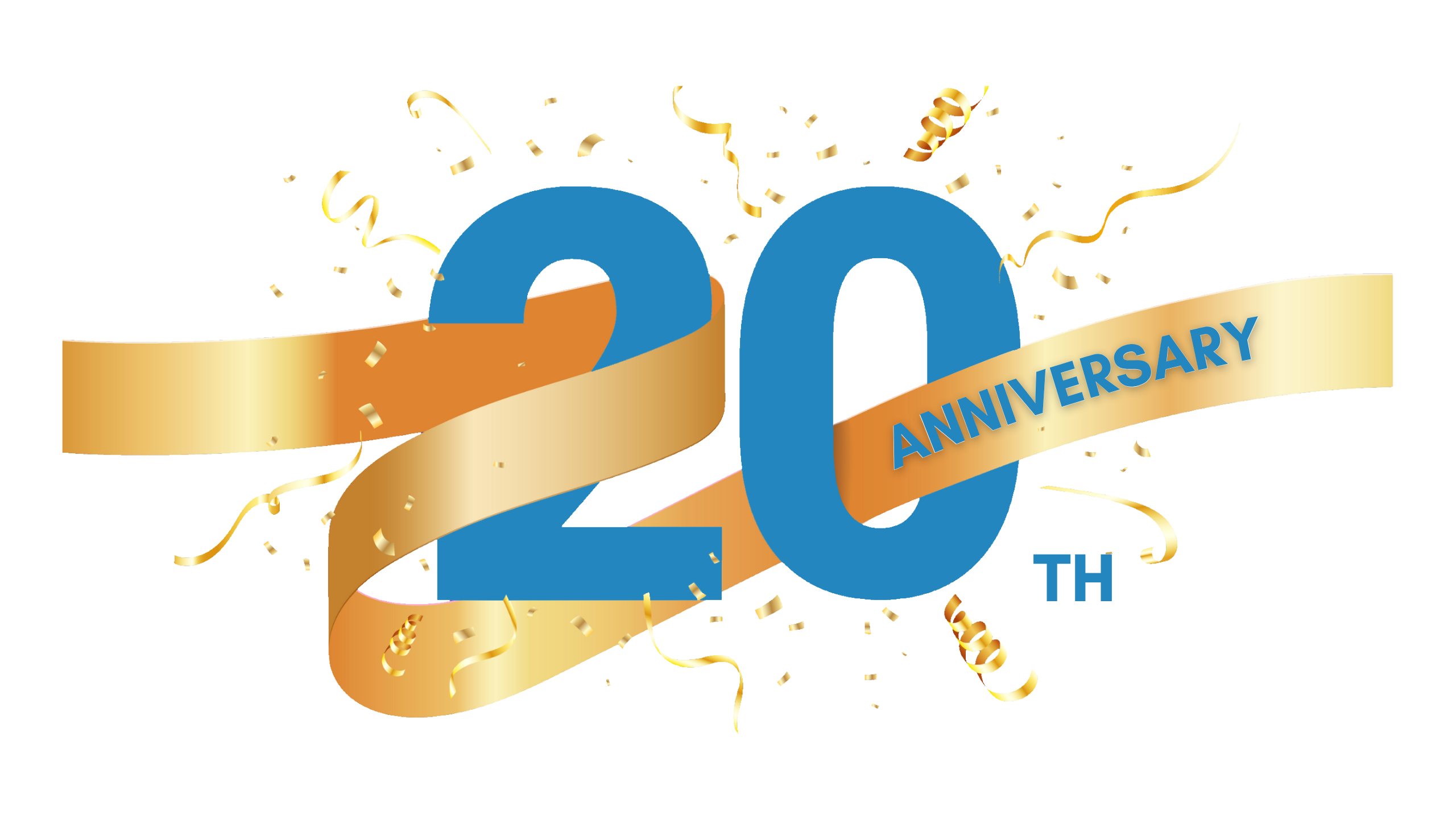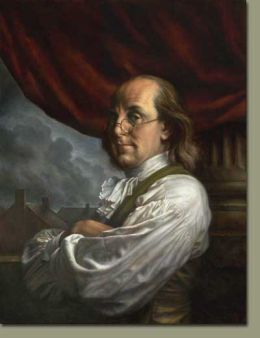* Terms and Conditions apply.


Revision sheets for IGCSE or GCSE physics. This series revision sheets are based on the IGCSE & GCSE syllabuses. Lots of formulas, definitions and key points to learn off. There are also accompanying test sheets to check your memorisation.
The idea is read the information and than print the quiz sheet and try the questions.

Benjamin Franklin
Revision Exercise three:
Electricity
Electric charge
Unit of charge: coulomb (C)
metals are electrical conductors
plastic is an example of an insulator
insulating materials can be charged by friction
positive charge à loss of electrons
negative charge à gain of electrons
unlike charges à attract
like charges à repell
eg of use photocopiers and inkjet printers
Mains electricity
hazards of electricity à frayed cables, long cables, damaged plugs, water around sockets, and pushing metal objects into sockets
current in a resistor à electrical transfer of energy and an increase in temperature
power = current × voltage
P = I × V
Unit of Power: watt (W)
energy transferred = current × voltage × time
E = I × V × t
mains electricity is alternating current (a.c.)
direct current (d.c.) à supplied by a cell or battery
Unit of current: ampere (A)
Unit of energy: joule (J)
Unit of resistance: ohm (Ω),
Energy and potential difference in circuits
parallel circuit is more appropriate for domestic lighting
the current in a series circuit depends on the applied voltage and the number and nature of other components
If resistance is reduced the current will increase for a given voltage.
voltage = current × resistance
V = I × R
current is the rate of flow of charge
charge = current × time
Q = I × t
electric current in solid metallic conductors is a flow of negatively
charged electrons
voltage is the energy transferred per unit charge passed
Unit: volt (V) is a joule per coulomb
Quiz for revision exercise three: Electricity quiz